The Latest from Boing Boing |  |
- Lovecraftian manuscript with musical wax cylinder
- Wobbly Google satellite images
- France to require unhashed password storage
- Central European folk-dancers illustrated sorting algorithms
- Woman who attacked Gauguin painting has a radio in her head
- Meet Pluto-kun, the world's cutest plutonium mascot
- Magic goop scoop
- Mail a coconut from the Molokai, Hawaii post office
- Wicked Plants on exhibit in San Francisco
- Rube Goldberg photobooth
- Chris and Cosey on VBS.TV
- MP3s of childrens 78 rpm records from 1948
- Famous artists' apartments
- Why fear and risk are hard problems
- Sasquatch snowboarding
- A new physics, or a statistical error: Round-up of news from Fermilab
- Rock the Drop: carpet the planet in young adult literature
- Chat with Maryn McKenna about antibiotic resistance today
- How magnets affect the human brain
- Pot allergy is probably widely underreported
| Lovecraftian manuscript with musical wax cylinder Posted: 12 Apr 2011 05:21 AM PDT 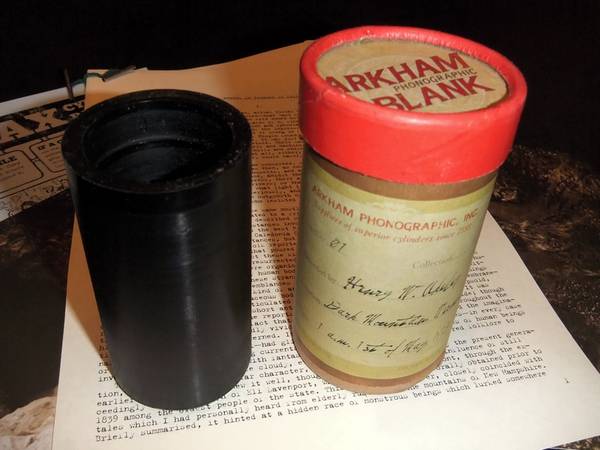 British Cthulhu emporium Yog-Sogoth have produced a lovely kit to accompany a manuscript for Albert Wilmarth's Lovecraftian story The Whisperer in Darkness: it includes a genuine musical wax cylinder with a 2:05 spooky composition meant to accompany the reading. I've got one on my desk and it is a fabulous bit of dead media, and perfectly fitting. The prop kit features the following lovingly detailed items:The Whisperer in Wax: New Cylinder from Yog-Sothoth |
| Wobbly Google satellite images Posted: 11 Apr 2011 10:45 PM PDT  Clement Valla collects Google satellite photos where the image-processing software went a little wonky and created the illusion of wiggly-wobbly landscapes. It's inceptiontastic! |
| France to require unhashed password storage Posted: 12 Apr 2011 02:02 AM PDT France's new data retention law requires online service providers to retain databases of their users' addresses, real names and passwords, and to supply these to police on demand. Leaving aside the risk of retaining all this personal information (identity thieves, stalkers, etc -- that which isn't stored can't be stolen and leaked), there's the risk of requiring providers to store Well-designed systems don't store passwords; rather, they take the password you supply and run it through a cryptographic hashing algorithm that turns it into another string (in theory, this string can't be turned back into the password). When you re-visit the website and supply your password, it is run through the algorithm again, and then the result is compared to the stored version. That way, no one -- not even the provider -- knows your password (except you). Again, that which isn't stored can't be leaked. Requiring French online services to keep a record of unhashed passwords is a reversal of decades of best practices in security. The law obliges a range of e-commerce sites, video and music services and webmail providers to keep a host of data on customers.Net giants challenge French data law |
| Central European folk-dancers illustrated sorting algorithms Posted: 11 Apr 2011 10:41 PM PDT Robbo sez, "Sapientia University has posted a series of videos using folk dances as a way to visualy demonstrate various sorting algorithms. It's intensely geeky - and just downright cute too." I love sorting algorithms -- I actually use bubble-sorts in real life all the time when I'm trying to make subtle qualitative distinctions (picking the best three flowers out of a bunch, say). Take one Central European folk dancing team, a small folk band and an added overlay showing array locations and get them to dance the algorithms in time to "appropriate" folk music. The result is slightly surreal and for a time at least slightly hypnotic.Sorting algorithms as dances (Thanks, Robbo!) |
| Woman who attacked Gauguin painting has a radio in her head Posted: 11 Apr 2011 04:58 PM PDT  "I feel that Gauguin is evil. He has nudity and is bad for the children. He has two women in the painting and it's very homosexual. I was trying to remove it. I think it should be burned. I am from the American CIA and I have a radio in my head. I am going to kill you." -- Susan Burns, art critic. Looks like Michele Bachmann has some serious competition for the 2012 GOP presidential nomination! |
| Meet Pluto-kun, the world's cutest plutonium mascot Posted: 11 Apr 2011 09:56 PM PDT  Pink Tentacle has a post about Pluto-kun, created by Japan's Power Reactor and Nuclear Fuel Development Corporation in the 1990s. The helium-voiced fellow stars in a "pro-nuclear PR cartoon entitled 'Pluto-kun, Our Reliable Friend.' The aim of the animated film, which features the company mascot Pluto-kun, is to dispel some of the fears surrounding plutonium." [4:00] Misconception #2 -- Pluto-kun addresses the fear that plutonium is deadly and causes cancer. Plutonium's danger to the human body stems from the alpha radiation it emits. Because alpha radiation is relatively weak, it does not penetrate the skin, and plutonium is not absorbed into the body if it comes into contact with skin. He explains that you would not die instantly if you were to drink plutonium. If swallowed, the vast majority simply passes through the digestive tract without being absorbed. If it enters the blood stream (through a cut, for example) it cannot be removed easily from the body. It accumulates in the lymph nodes before ending up in the bones or liver, where it continues emitting alpha radiation. Plutonium can also get into the liver or bones if it is inhaled into the lungs. It is important not to breathe it in or allow it to enter the blood stream.Cute 'Pluto-kun' cartoon dispels plutonium fears |
| Posted: 11 Apr 2011 04:44 PM PDT [Video Link] The age old problem of picking up a blob of liquid without altering its shape has been solved! Details about the technology are not available on Furukawa Kikou's website (perhaps because the patent is pending), but the tool appears to incorporate a conveyor belt design. According to the company, the magic goop scoop was originally developed for use in bakery production lines, but its unique ability to cleanly handle semi-liquids makes it suitable for a wide range of applications.Magic goop scoop |
| Mail a coconut from the Molokai, Hawaii post office Posted: 11 Apr 2011 04:27 PM PDT  I just returned from a trip to Hawaii with my family. We spent most of our time on Maui but we took a day trip (by ferry) to the island of Molokai, which is famous for its leper colony founded by a Roman Catholic priest named Father Damien in the 19th century. Compared to Oahu, Maui, the Big Island, and Kauai, Molokai is very undeveloped, with a population of only 7,000 people. I took quite a few photographs during our brief visit to this beautiful and interesting island and I will post more about Molokai later this week, but I wanted to share one highlight: the Post-A-Nut service offered by the Hoolehua Post Office. Here, you can select a free coconut and mail it, unboxed, anywhere in the world simply by writing an address and sticking postage stamps on it.
Note that the coconuts are free, but only if you mail one from from the post office. Seems fair to me!
Even though the ferry ride back to Maui was so rough that my 8-year-old vomited a geyser of electric blue popsicle juice, she said the Post-A-Nut experience was worth the discomfort. I agree! |
| Wicked Plants on exhibit in San Francisco Posted: 11 Apr 2011 08:09 PM PDT  (Totnesmartin photo/Wikimedia Commons) San Francisco's gorgeous Conservatory of Flowers is hosting an exhibit titled "Wicked Plants," all about poisonous plants and their place in history, from the lethal ricin-producing castor bean, to hemlock -- aka "dead men's oatmeal" (above), to white snakeroot, the weed that did in Abe Lincoln's mom. The exhibit is named for Amy Stewart's book "Wicked Plants: Botanical Rogues & Assassins" that tells true tales of these fearful flora. For example, in 1978, Bulgarian dissident journalist Georgi Markov was assassinated with a poke to his leg from an umbrella tipped with ricin. From the Conservatory of Flowers:"Wicked Plants: Botanical Rogues & Assassins" (Conservatory of Flowers) "Wicked Plants: Botanical Rogues & Assassins" by Amy Stewart (Amazon) |
| Posted: 11 Apr 2011 03:08 PM PDT Alex Crawford and Austin Nelson, graduate students at Pratt, built a "Rube Goldberg Photobooth" for their Multimedia Installation class project. From Architizer: We had both always wanted to build a Rube Goldberg machine but never had a good reason to and we could also never find anyone else interested in spending a lot of time and energy building a machine that is basically pointless. This was the perfect opportunity! We spent about 30 hours building it and the result is a process that lasts about 30 seconds. Time well spent, I believe.""Rube Goldberg Photobooth" (Thanks, Mathias Crawford!) |
| Posted: 11 Apr 2011 08:19 PM PDT Vice's Electric Independence visits the home studio of BB pals Chris Carter and Cosey Fanni Tutti, pioneering electronic music makers who have bled musical creativity since co-founding Throbbing Gristle more than 35 years ago.
|
| MP3s of childrens 78 rpm records from 1948 Posted: 11 Apr 2011 11:46 AM PDT 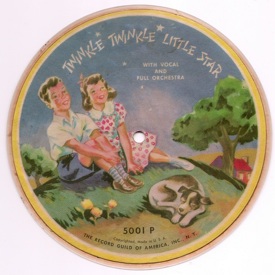 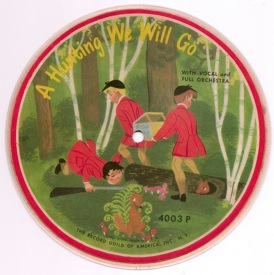 Here is a delightful digitized collection of Record Guild of America Childrens Picture Records, c. 1948. |
| Posted: 11 Apr 2011 12:50 PM PDT  (Laura Levine photo)  New York Magazine published an interesting slideshow showing the Manhattan apartments of some well-known artists, from Robert Rauschenberg's loft in 1953 to William S. Burroughs's bunker, c. 1978. Flavorwire riffed on the slideshow with their own, combining their faves from the New York Magazine piece with a few from outside the Big Apple. Above, Keith Haring and Juan Dubose in their Broome Street apartment, 1983. Left, fashion designer and photo book collector Karl Lagerfeld's living room. New York Magazine published an interesting slideshow showing the Manhattan apartments of some well-known artists, from Robert Rauschenberg's loft in 1953 to William S. Burroughs's bunker, c. 1978. Flavorwire riffed on the slideshow with their own, combining their faves from the New York Magazine piece with a few from outside the Big Apple. Above, Keith Haring and Juan Dubose in their Broome Street apartment, 1983. Left, fashion designer and photo book collector Karl Lagerfeld's living room. The New York Apartment: The Perpetual Garret (New York Magazine) "Creative Habitation: Inside Artists' Living Spaces" (Flavorwire) |
| Why fear and risk are hard problems Posted: 11 Apr 2011 11:22 AM PDT In honor of the International Year of Chemistry, a nice analysis of why people fear "chemicals" out of proportion to actual risk, and why no amount of haughty rationalization is likely to change that. (Via Deborah Blum) |
| Posted: 11 Apr 2011 11:16 AM PDT From UndeadMonsters, your online purveyors of fine "ultra-realistic" Sasquatch costumes. Something about that sentence just makes me giggle a lot. Thanks to Madalene Fetsch! |
| A new physics, or a statistical error: Round-up of news from Fermilab Posted: 11 Apr 2011 11:05 AM PDT Last week, JArmstrong posted to the Submitterator about the big news out of Fermilab last week. Shorter version: An analysis of 10,000 proton-antiproton collisions made in the lab's Tevatron particle accelerator turned up an anomaly that may, or may not, end up representing a very important discovery. Adding to the excitement, the Tevatron is scheduled to be shut down later this year—partly because the Large Hadron Collider is now up and running, and partly because the Tevatron program is out of money. The response to this news has varied, with some people jumping feet-first into speculation about whether Fermilab has spotted a completely new force of nature and others expressing what might charitably be called a high level of skepticism. On Twitter, science journalist Charles Seife summed up the arched-eyebrow perspective: "My theory: #Fermilab 'discovery' is a 'budgeton': a particle that always appears -- at 3 sigma levels -- just before a machine gets shut down." So what's it all mean? Here's what I've gleaned from reading several different accounts of the story: For more information, and a deeper understanding of the science, check out these stories: |
| Rock the Drop: carpet the planet in young adult literature Posted: 11 Apr 2011 10:16 AM PDT Author Lorie Ann Grover writing on behalf of the Readergirlz literacy project sez, "Readergirlz and Figment are going to ROCK THE DROP in honor of Support Teen Lit Day on Thursday, April 14th. People around the world will find copies of amazing books in unexpected places, gifted out of love for young adult literature. Everyone can participate to raise awareness of the day!" Rock the Drop! (Thanks, Lorie Ann, via Submiterator!) |
| Chat with Maryn McKenna about antibiotic resistance today Posted: 11 Apr 2011 09:02 AM PDT  Maryn McKenna—my favorite "Scary Disease Girl" and author of Superbug—will be taking questions during a live chat today at Scientific American's Facebook page. The chat starts at 2:00 Eastern and lasts for a half-hour. The chat is connected to a new article that Maryn wrote for Scientific American, which centers around some disturbing new trends in antibiotic resistance. You may have heard about the recently announced discovery of a pneumonia-causing bacteria, called Klebsiella pneumoniae, that had developed a resistance to a class of antibiotics called carbapenems. This is more than just another bacteria resistant to another antibiotic. Carbapenems are the antibiotics of last resort. The end of the line before we literally run out of ways to treat bacterial disease. The fact that bacteria are growing resistant even to them would, alone, be concerning. But the type of bacteria involved also matters. A lot. Klebsiella pneumoniae is a gram-negative bacteria.
Scientific American: The Enemy Within Image: Some rights reserved by INeedCoffee / CoffeeHero |
| How magnets affect the human brain Posted: 11 Apr 2011 08:22 AM PDT Put a powerful magnet against the side of your head and it can interfere with the neurons working underneath. The technique is being used to treat severe depression, but it can also produce some nifty party tricks. In this video, a magnet held to left side of New Scientist editor Roger Highfield's skull interrupts his ability to speak a nursery rhyme. But when Highfield sings the same rhyme, there's no effect. That's because the neurons that control speech and the neurons that control singing are in separate parts of the brain. The magnet disabled Highfield's speech centers, but left his ability to sing untouched. |
| Pot allergy is probably widely underreported Posted: 11 Apr 2011 08:06 AM PDT Humans are often allergic to pollen and other chemical compounds in weeds. Most of the time, if an allergy is life-threatening—or even just way-of-life-threatening—you'll report it to your doctor, and she'll get you treatment. But, when the weed in question is illegal, the normal process breaks down. Cases of marijuana allergy are rare in the medical literature, but a recent study suggests that they're a lot more common in real life. Reactions range from the annoying (runny noses) to dangerous (anaphylactic shock), but if patients and doctors can't speak freely to one another then patients miss out on treatment and medicine loses valuable information. (Via Kerri Watcher) |
| You are subscribed to email updates from Boing Boing To stop receiving these emails, you may unsubscribe now. | Email delivery powered by Google |
| Google Inc., 20 West Kinzie, Chicago IL USA 60610 | |


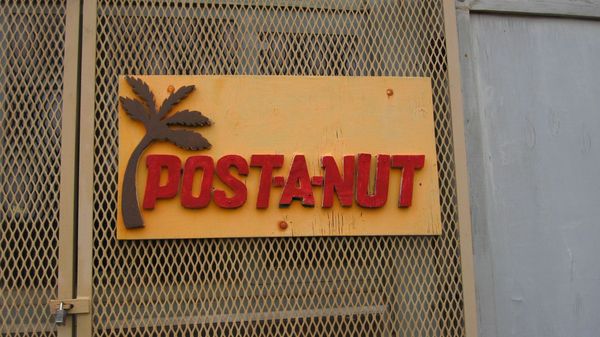
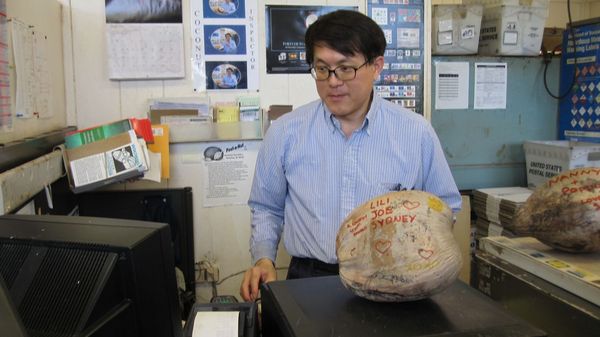
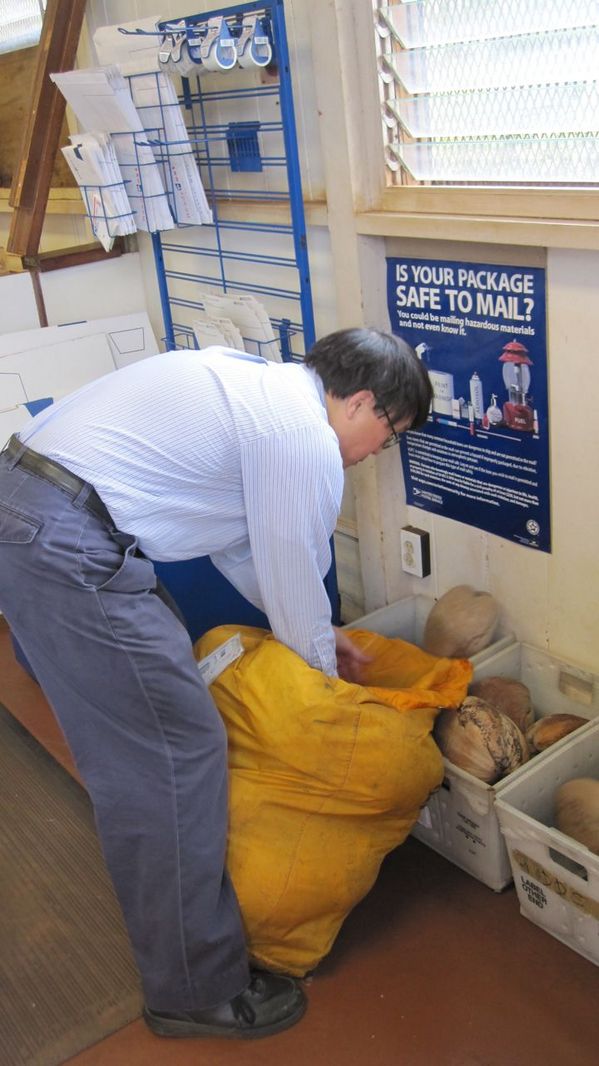
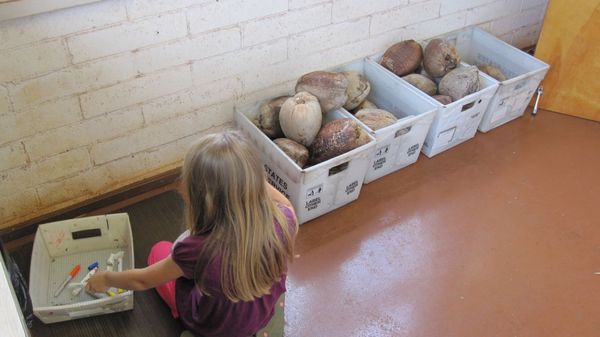

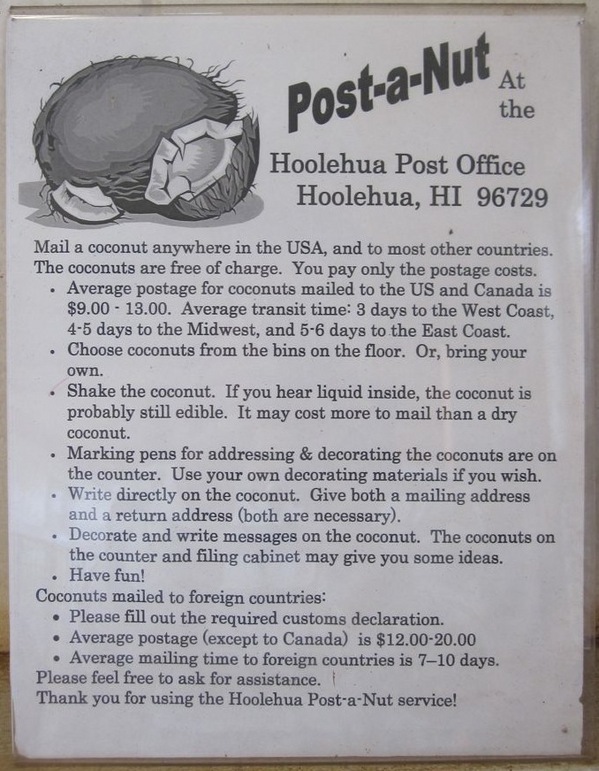
 As visitors enter the exhibition, they find themselves in a mysterious, untended yard behind a ramshackle old Victorian home. Peeking through the window, it's clear that a crime has just taken place. A man is slumped over on a table, a goblet in his lifeless hand, as the lady of the house flees in the background. Crows caw, and a rusty gate creaks. In the overgrown garden, moss covered statues rise up out of an unruly thicket of alluring plants. Beautiful flowers and glistening berries bewitch the eye, but consider yourself warned – these plants have names like deadly nightshade, poison hemlock and white snakeroot. Here lurk some of the greatest killers of all time.
As visitors enter the exhibition, they find themselves in a mysterious, untended yard behind a ramshackle old Victorian home. Peeking through the window, it's clear that a crime has just taken place. A man is slumped over on a table, a goblet in his lifeless hand, as the lady of the house flees in the background. Crows caw, and a rusty gate creaks. In the overgrown garden, moss covered statues rise up out of an unruly thicket of alluring plants. Beautiful flowers and glistening berries bewitch the eye, but consider yourself warned – these plants have names like deadly nightshade, poison hemlock and white snakeroot. Here lurk some of the greatest killers of all time.  Here's how you can get involved:
Here's how you can get involved:
No comments:
Post a Comment